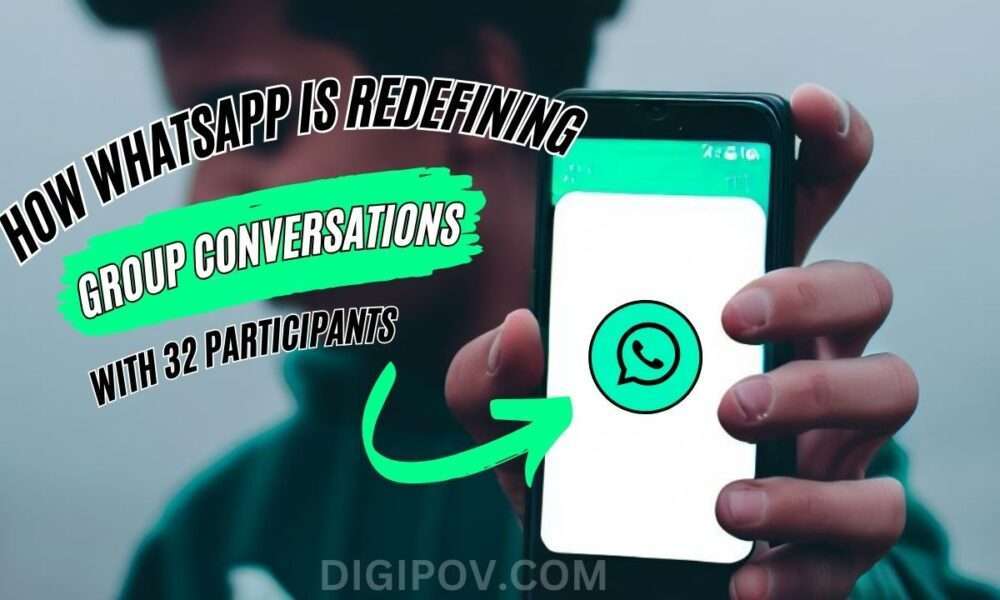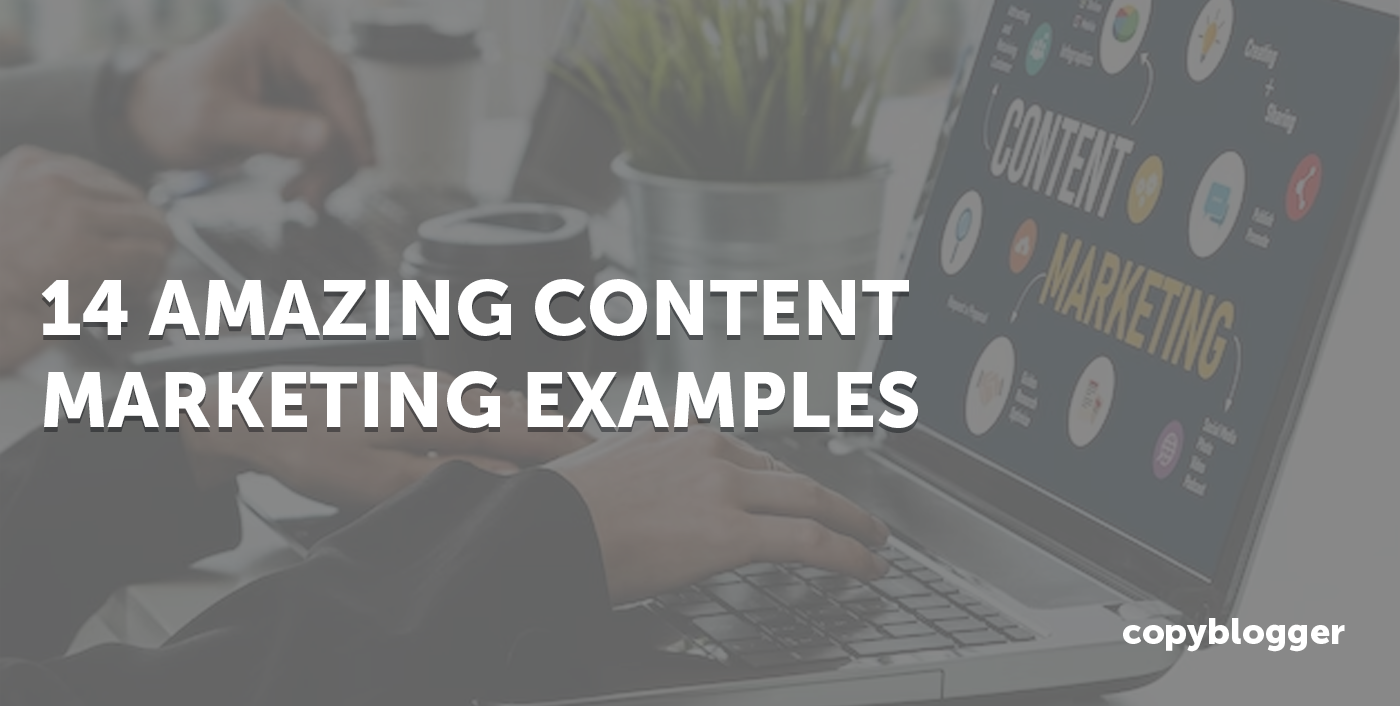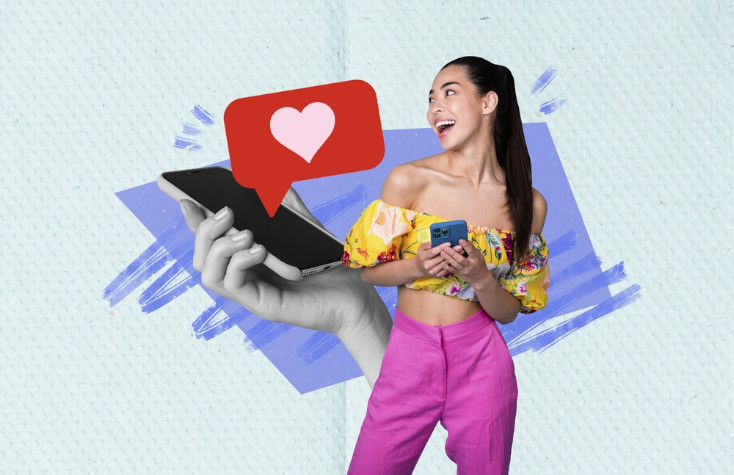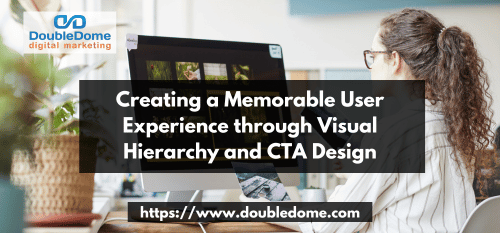[ad_1]
So here we are addressing the long going debate of AI vs Graphic designers, Will Ai replace graphic designers? Artificial Intelligence is also popularly known as AI. AI has taken over the Digital world by storm. It’s a program that can perform tasks that usually require Human Intelligence. It can solve complex problems, It can learn, reason, and also can help in decision-making. In recent times the most famous AI model is CHATGPT. Even Google has also launched its AI model called BARD Ai. Do you remember Jarvis? From Iron-man it was also an AI. Siri (by Apple) and Alexa (by Amazon) are all AI.

Artificial intelligence (AI) ‘s fast growth has created excitement and concern among various businesses. The graphic design industry is one of the most affected fields that have witnessed changes due to AI. Everyone is thinking about whether AI will ultimately replace graphic designers. So let us deeply examine the possibilities & impact of AI in the graphic design industry, its potential effect on working professionals, and why human creativity is necessary in a growing AI-driven world.
designers“>The Rise of AI in Graphic Design (AI vs Graphic designers)
AI has become a game-changer for graphic design, offering multiple features and capabilities that used to be time-consuming and labour-intensive. Now, you can create logos, layouts, graphics, and brand identities in just seconds with the help of AI-powered design tools. The AI algorithms can analyse multiple sources of design data and audience preferences to craft catchy and personalise designs that resonate with people.

designers“>Advantages of AI in Graphic Design (AI vs Graphic designers)
Efficiency and Speed:
AI is beneficial when it comes to designing; many text-to-image AI tools make graphic designing fun and easy. Nowadays, we can see many AI-generated images all over social media. AI can increase the speed of creating appealing designs and increase Graphic designers’ creativity by reducing the time it takes to create new images.
Consistency:
Consistent with brand designs takes a lot of work and effort. As a result, many graphic designers need help with creative blockage. But AI makes it very easy to maintain consistency. As AI creates images using previous data and designs. This is hugely useful for creating an impact brand image and ad creatives which need the same look and feel.
Data-Driven Insights:
AI crawls various sources and has data stored, and based on that, AI editing tools create creatives. AI analyzes audience data and activities, helping Graphic designers to make data-driven quality images that resonate with the audience way better and can actually bring value to the brand.
Personalization:
Have you heard of text-to-speech AI models? These types of tools create images based on your imagination and suggestions. Whatever you are imagining, just type “Mike Tyson playing with cats” or any other thing like “Logo for a brand called Cat me up,” and it will generate images according to the given instructions.
Experimentation:
With the help of AI now, designers can do a lot of experiments with their designs. As I said earlier, with text-to-image prompts, they can twist and turn images to their liking or make images easily, which would consume a lot of time earlier. They can also reinvent any design with simple instructions, which gives them more time to focus on other designs. So, thanks to AI, designers now have more time for creative experimentation and looking into modern design concepts.
designers“>The Limitations of AI in Graphic Design (AI vs Graphic designers)
 designers, this image represents the limitations of AI in real world.” class=”wp-image-569″ srcset=”https://digipov.com/wp-content/uploads/2023/08/Ai-vs-Graphic-designer-AI-Limitations-1024×768.jpg 1024w, https://digipov.com/wp-content/uploads/2023/08/Ai-vs-Graphic-designer-AI-Limitations-300×225.jpg 300w, https://digipov.com/wp-content/uploads/2023/08/Ai-vs-Graphic-designer-AI-Limitations-768×576.jpg 768w, https://digipov.com/wp-content/uploads/2023/08/Ai-vs-Graphic-designer-AI-Limitations-1536×1152.jpg 1536w, https://digipov.com/wp-content/uploads/2023/08/Ai-vs-Graphic-designer-AI-Limitations.jpg 2000w” sizes=”(max-width: 1024px) 100vw, 1024px”/>
designers, this image represents the limitations of AI in real world.” class=”wp-image-569″ srcset=”https://digipov.com/wp-content/uploads/2023/08/Ai-vs-Graphic-designer-AI-Limitations-1024×768.jpg 1024w, https://digipov.com/wp-content/uploads/2023/08/Ai-vs-Graphic-designer-AI-Limitations-300×225.jpg 300w, https://digipov.com/wp-content/uploads/2023/08/Ai-vs-Graphic-designer-AI-Limitations-768×576.jpg 768w, https://digipov.com/wp-content/uploads/2023/08/Ai-vs-Graphic-designer-AI-Limitations-1536×1152.jpg 1536w, https://digipov.com/wp-content/uploads/2023/08/Ai-vs-Graphic-designer-AI-Limitations.jpg 2000w” sizes=”(max-width: 1024px) 100vw, 1024px”/>Lack of Creativity:
There are limitations on even AI models as they are not humans, and computer simulations have creative limitations. Since AI-generated designs mostly use existing designs and data from the internet, they need more customization depth and the aesthetic expression of a creator who brings human emotional and visualization depth to their designs.
Contextual Understanding:
AI may have trouble understanding what exactly you trying to create or can misinterpret your commands. AI needs help understanding the complexity of human emotions and cultural values, which can often be visible in design choices. Our intuition and empathy play a significant role in understanding the audience’s visions and what messages we want to portray.
Originality and Uniqueness:
AI models create images based on previous data on the internet, sometimes, it can seem very common, or you may find somebody else is also using that creative or logo already. AI’s data-driven approach may lead to a repetition of design concepts. In contrast, designers are great at creating unique and original designs for client needs.
Ethical Concerns:
Sometimes, AI can generate designs that can be offensive and mundane for many audiences as it learns from previous data or can be outdated. AI algorithms are based on existing data, and if the data contains biases or harmful content, it may unintentionally produce designs that fuel those stereotypes or offensive ideas.
Adaptability to Change:
In this modern time, everything is changing rapidly, from technology to design concepts, and industries are evolving. So keeping up with the trend is a significant job for any designer. What worked the previous month may be irrelevant today. Design trends and aesthetics change constantly, so designers adapt & improve their skills & concepts to stay relevant. Whereas AI models will need regular updates and improvements to keep up with rapid changes and be relevant.
The Sync of AI and Human Creativity
Creative Assistance:
Rather than generating a total design from AI, designers can take references and use AI as an assistant. AI will be a helpful assistant, developing initial designs, suggesting color palettes, and providing layout ideas, which designers can use for reference and create designs according to their taste.
Fast Design Process:
AI can easily speed up your design process by quickly generating multiple options, allowing designers to explore various possibilities and redefine ideas efficiently. As AI models will create images based on specified instructions, and it’s fast at its job, it can help designers generate multiple aspects of one design. Then they choose the best from the options and create compelling images.
Focus on High-Level Concepts:
With simple tasks automated by AI, designers can now focus on high-level creative thinking, strategy, and concepts, adding more value to the design process. With more straightforward tasks automated by AI, designers can concentrate on complex designs and generate quality results for their clients.
Human Input:
It’s essential to have human input on designs, not only on designs but also on content. Human intervention is much needed for things AI creates, whether images, videos, or articles. Humans will give a touch of realism, which is impossible for AI. You may or may not like the vibe of an image created by AI models, so you can mold it according to your liking. designers give emotions, cultural relevance, and uniqueness to their designs, adding a dash of realism to AI-generated designs.
Ethical Oversight:
designers play a vital role in ensuring ethical standards are met, stopping the accidental creation of offensive or harmful visuals. As AI models can generate images that can be offensive or culturally biased, a designer will ensure that it is up to the mark and has no harmful intention behind it. Though it’s not the fault of AI as they work on information that is available on the internet and data they have analyzed.
designers“>Prediction for the Future of AI vs Graphic designers
I don’t think AI will replace Graphic designers together. With the help of AI, designers will now create more appealing designs fast and with much less effort. The future of AI looks bright. The total replacement is missing from the table, at least right now. AI will bring evolution to the graphic design industry. AI will continue to play an essential role in creating how designers work and shaping a more efficient and data-driven approach. Human creativity and ingenuity, however, will always remain invaluable and irreplaceable.
Conclusion
In this debate between AI vs Graphic designers, my point of view is Graphic designers will not be replaced that easily. As human input is needed still now and it’s very necessary for every type of content created by AI. In this AI vs Graphic designer debate, my conclusion would be AI will help graphic designers create more compelling content. Also, the Graphic designer’s new works will help AI to understand the design process better. With the help of collaborative work, the Graphic design industry will grow. So the AI vs Graphic designer debate ends and the winner are both as both will work simultaneously to give us better results.
Thank You for reading, We appreciate your support!
[ad_2]
Source link







